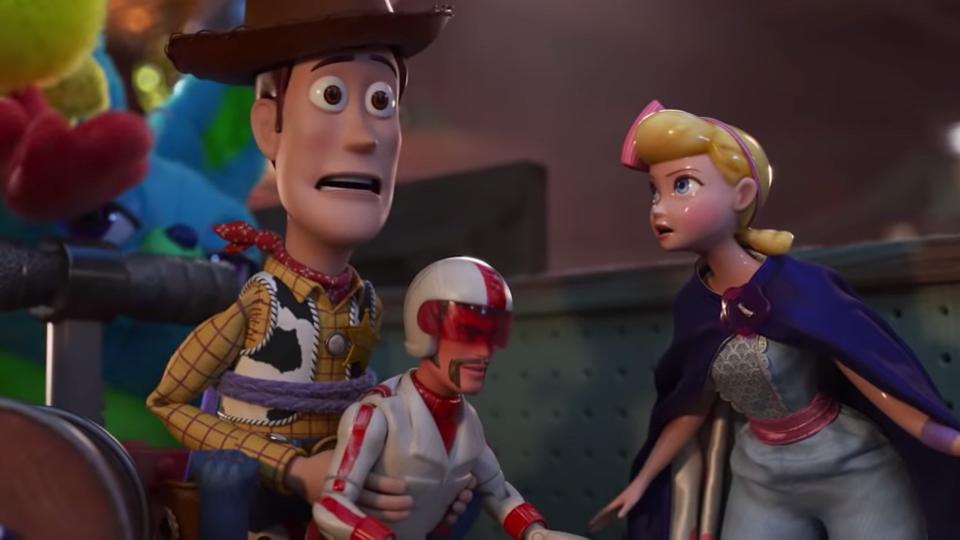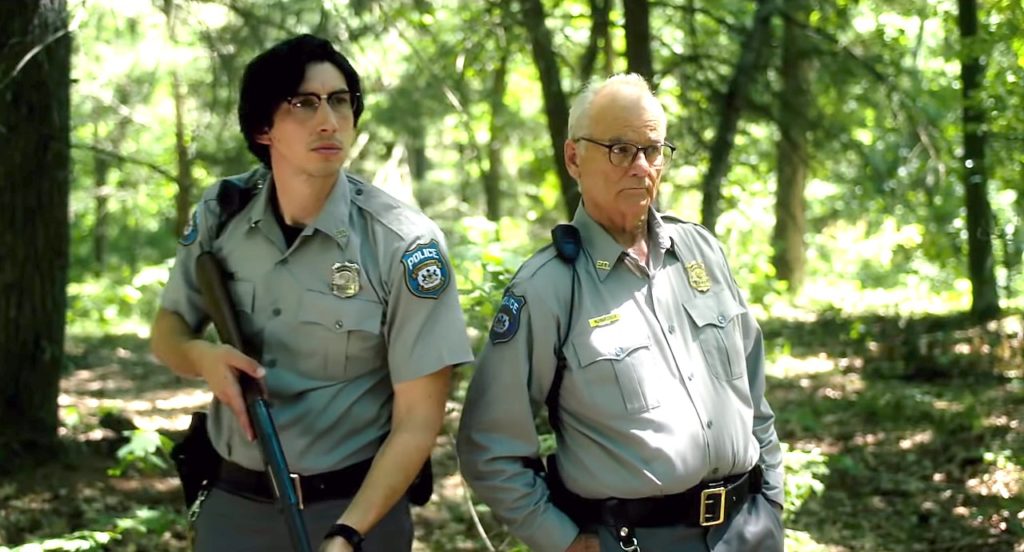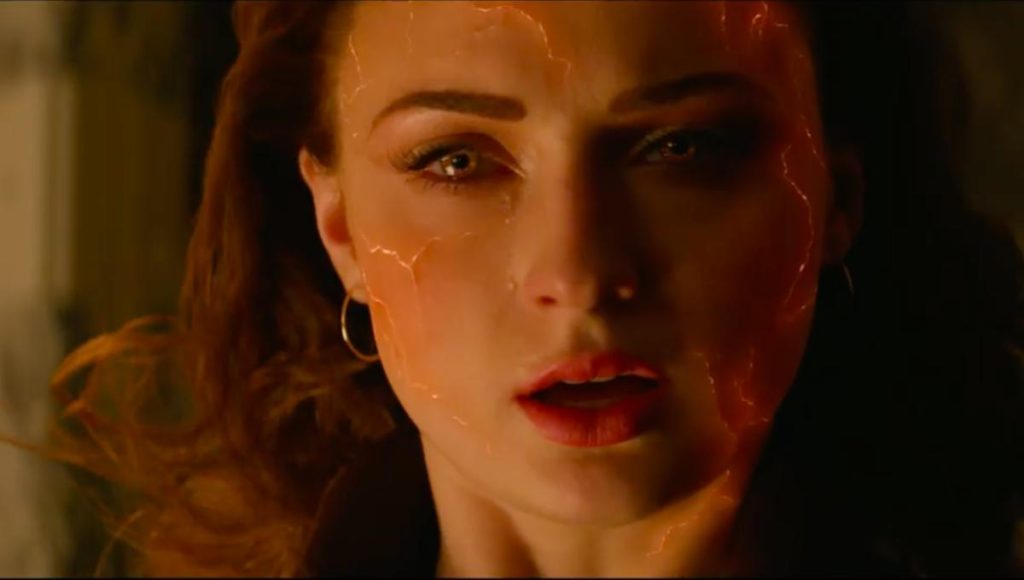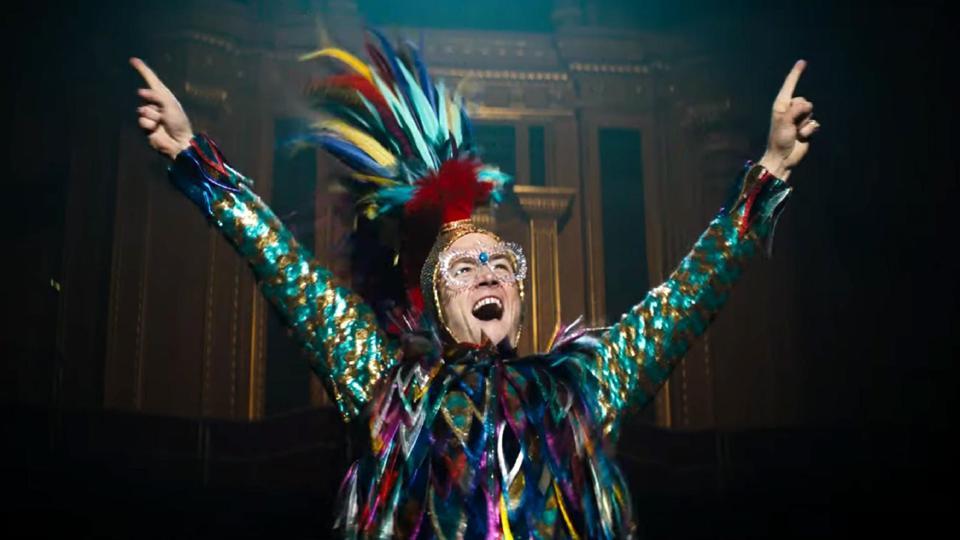Spider-Man: Far from Home: Still Neighborly, Even Across the Pond
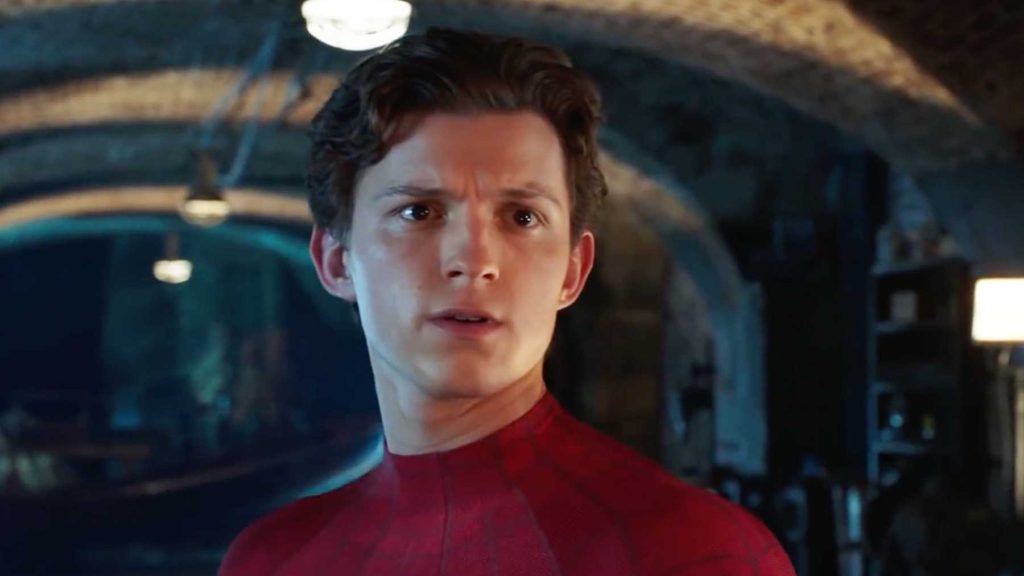
The Marvel Cinematic Universe has metastasized into an American institution, as sacred as apple pie or the Super Bowl or Beyoncé. Its supremacy is absolute. Still, following the seismic finale of Avengers: Endgame, it was fair to wonder if cinema’s most colossal franchise might have some difficulty regrouping, might fumble to develop a newfound sense of purpose. It takes all of 30 seconds for Spider-Man: Far from Home to obliterate that fear. Following a lightning-quick prologue set in Mexico, this jaunty new adventure opens with a cut-rate “In Memoriam” slideshow paying tribute to our fallen heroes. The crappy presentation of the images—the plastic look, the tacky music, the Getty Images watermark—proves to be intentional, as it’s quickly revealed that we’re watching a student newscast at Midtown High. And with that, in the span of just a few screenshots and some curmudgeonly narration from the immortally sour-faced Betty Brant (Angourie Rice), Far from Home dismisses any supposed continuity concerns—those who vanished in “The Blip” at the end of Avengers: Infinity War have barely aged since their return, those who remained are now five years older, please keep up—and also establishes its light, breezy tone.
This is no small feat, even if it’s one that the director, Jon Watts, also managed with Spider-Man: Homecoming, the prior Spidey installment whose first main scene brilliantly reimagined the famous airport fight from Captain America: Civil War as glimpsed through the chintzy, vertical iPhone camera of an anxious teenager. Liberated from the laborious world-building that encumbers so many comic-book crossovers, Watts and his writers (Chris McKenna and Erik Sommers) prove agile with both atmosphere and exposition. Sure, there are a few scenes where warriors congregate in dimly lit clandestine bases and worriedly chat about the latest catastrophic threat to the human race, but even allowing for these bits of superhero scheming, Far from Home’s primary concern is its characters. Read More

